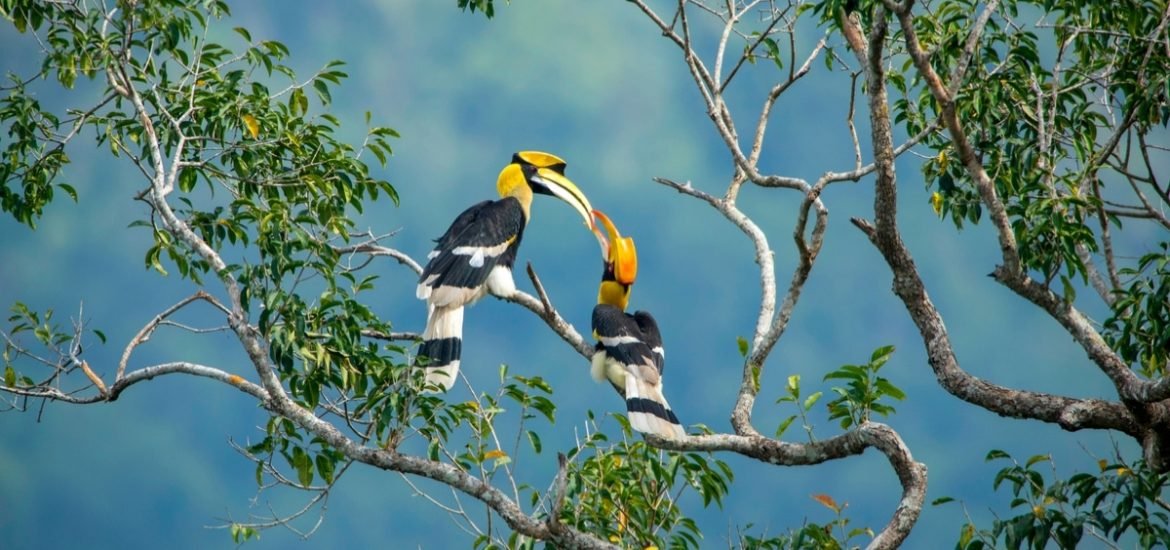
A new study published on 4 October in Science highlights the “heavy toll” of international wildlife trade (1). The researchers predict that future trade could affect more than 3000 additional species, which would bring the tally to 8775 species at risk of extinction from trade. The authors hope that by identifying species at risk, policies can be put in place to protect them from illegal trafficking.
In addition to climate and human impacts such as land degradation, wildfires, and deforestation, many species are threatened by illegal trade — each year, billions of wild plants and animals are traded. And sadly, the multibillion-dollar industry is driving many species towards extinction. For example, in 2010 in Vietnam, the last Javan rhino, Rhinoceros sondaicus annamiticus, was killed for its horn.
While the word poaching conjures up images of elephants and tigers, many other species are equally threatened. For instance, lesser-known species like the pangolin (Manis javanica) and helmeted hornbill (Rhinoplax vigil) have made their way onto the critically endangered list and are currently among the most trafficked mammals in Asia and Africa.
Many species are being killed — both legally and illegally — to meet a rapidly increasing demand for luxury food items, medicinal products, skincare products, and even pets. Moreover, as certain highly sought-after species become rarer, traffickers will begin looking towards other animals with similar features.
Extent of global wildlife trade
The recent study is one of the most comprehensive in international wildlife trade to date. To evaluate the global extent of trade, the team of US and UK researchers collected data on more than 30,000 species from databases maintained by the Convention on International Trade in Endangered Species of Wild Fauna and Flora (CITES) and the International Union for Conservation of Nature Red List of Threatened Species (IUCN Red List) databases — the latter includes the conservation status of most species.
They used this information to compile their own list of traded birds, mammals, amphibians, and reptiles. Of the 30,000 species, around 18 per cent are currently bought and sold — many illegally. And unsurprisingly, traded species are more likely to be threatened than those that are not.
The researchers also discovered that the proportion of traded animals — including those traded both legally and illegally — is up to 60 per cent higher than previous estimates. Even more worrying, the number of species affected by trade could soon increase to more than one in four.
Perhaps, what makes these results most “alarming”, co-author Dr Brett Scheffers, a conservation biologist at the University of Florida, told Nature is that they only looked only at land-based vertebrates. If plants, invertebrates, and water-dwelling animals were added to the mix, the number of traded animals would be much higher — in the tens of thousands.
How can we better protect species?
The authors hope these important results will help guide future regulations to protect at-risk animals and call for policies that are more proactive than reactive.
Unfortunately, a species can quickly transition from safe to endangered. The good news is that by predicting which species that are likely to be traded in the future, governments can develop new strategies to protect them before they become threatened.
(1) Scheffers, B.R. et al. Global wildlife trade across the tree of life. Science (2019). DOI: 10.1126/science.aav5327